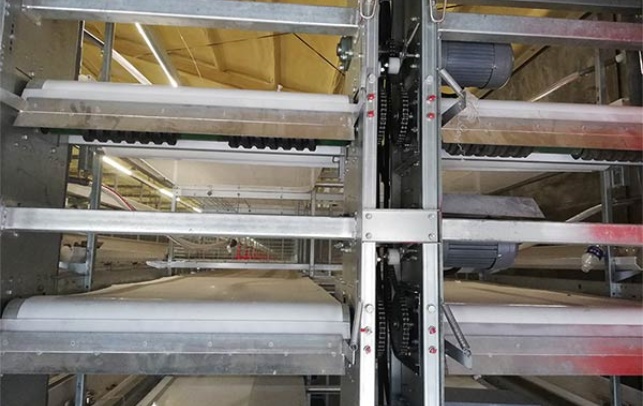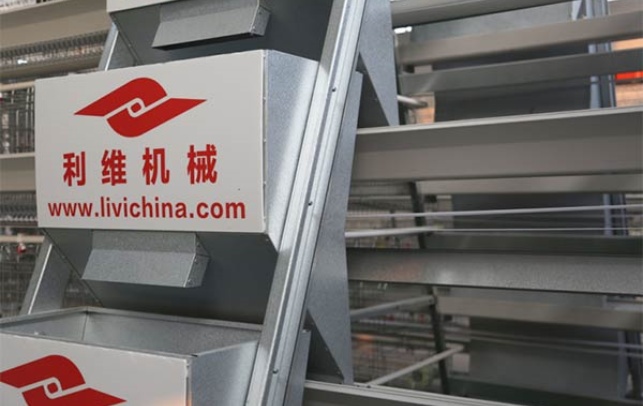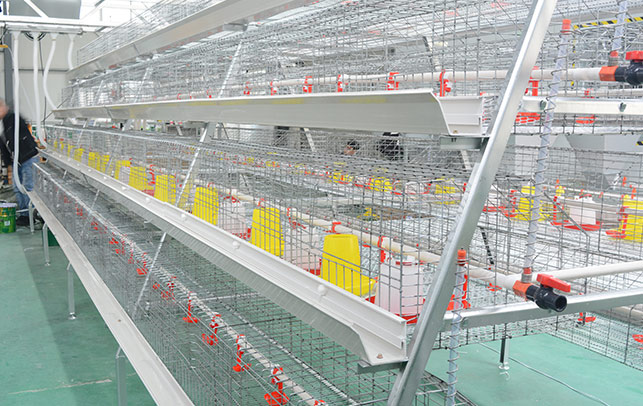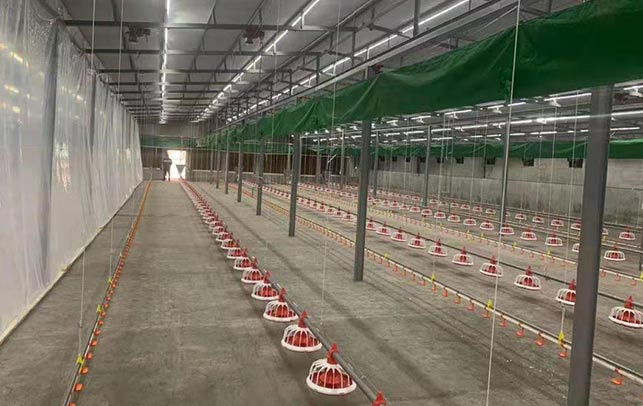Unlocking the Potential of Kenya Poultry Farming: A Comprehensive Guide
Time : 2025-05-13
Kenya’s poultry farming industry has been making waves in recent years, and for a good reason. With the growing demand for poultry products and the increasing focus on sustainable agriculture, now is the perfect time to delve into the world of Kenya poultry farming. In this article, we’ll explore the key aspects of Kenya poultry farming, including the benefits, challenges, and the future outlook. So, let’s jump right in!
Understanding Kenya Poultry Farming
Kenya poultry farming involves the raising of chickens for meat and eggs. The industry has seen significant growth, thanks to the country’s favorable climate and the increasing urbanization that has led to a higher demand for protein-rich foods.
Types of Poultry in Kenya
There are various types of poultry that are raised in Kenya, each with its own unique characteristics and market demand. The most common types include:
- Broilers: These are bred for meat production and are raised for their fast growth rate.
- Laying hens: These chickens are raised for egg production and are known for their high egg-laying capacity.
- Game fowl: These chickens are bred for their ornamental value and are popular in rural areas.
Benefits of Kenya Poultry Farming
Kenya poultry farming offers numerous benefits, both to the farmers and the nation as a whole. Here are some of the key advantages:
Economic Growth
Poultry farming is a profitable venture in Kenya. It provides farmers with a stable source of income and creates employment opportunities for locals. Moreover, the industry contributes significantly to the country’s GDP.
Food Security
As the population grows, the demand for food also increases. Poultry farming helps to meet this demand by providing a reliable source of protein. It ensures food security for both rural and urban populations.
Sustainable Agriculture
Kenya poultry farming practices are becoming more sustainable. Farmers are adopting eco-friendly methods to reduce the environmental impact of poultry production.
Challenges Faced by Kenya Poultry Farmers
Despite the many benefits, Kenya poultry farming faces several challenges that need to be addressed:
Poor Infrastructure
Lack of adequate infrastructure, such as reliable electricity and roads, can hinder the growth of the poultry industry. This can lead to increased production costs and reduced efficiency.
Access to Markets
Many small-scale farmers struggle to access markets due to limited transportation and storage facilities. This can result in losses due to spoilage and low prices.
Pest and Disease Control
Managing pests and diseases is a critical challenge in Kenya poultry farming. The presence of avian influenza and other diseases can lead to significant financial losses.
Technological Innovations in Kenya Poultry Farming
Technology is playing a vital role in transforming Kenya poultry farming. Here are some of the innovations that are making a difference:
Automated Feeders
Automated feeders help to optimize feed consumption, ensuring that chickens receive the right amount of nutrition. This not only improves growth rates but also reduces feed costs.
Environmental Control Systems
These systems maintain optimal temperatures and humidity levels in poultry houses, reducing the risk of disease outbreaks.
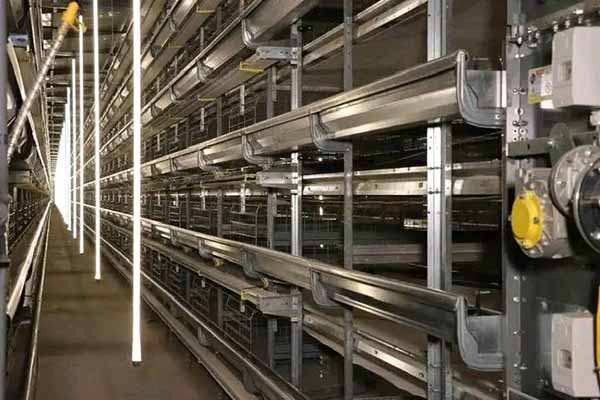
The Future of Kenya Poultry Farming
The future of Kenya poultry farming looks promising. Here are some trends that are expected to shape the industry:
Increased Investment
With the growing demand for poultry products, there is an opportunity for increased investment in the industry. This will lead to improved infrastructure and production techniques.
Sustainable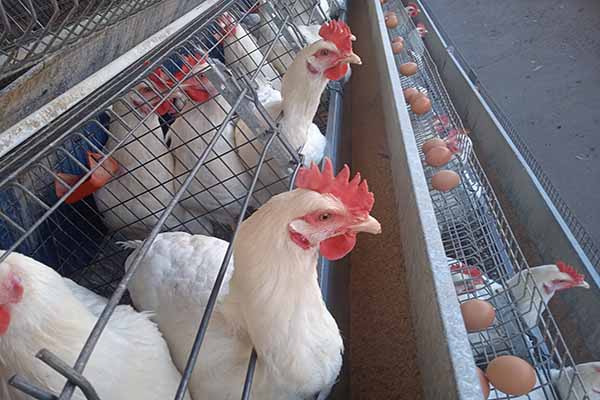 Practices
Practices
<pMore farmers are expected to adopt sustainable practices, reducing the industry's environmental footprint.
Value Addition
The industry is likely to see more value addition, such as the processing of poultry products, which will create more job opportunities and increase the overall profitability of the sector.
Conclusion
Kenya poultry farming is a dynamic and rapidly growing industry with immense potential. By addressing the challenges and embracing technological innovations, the industry can contribute significantly to Kenya’s economic growth and food security. So,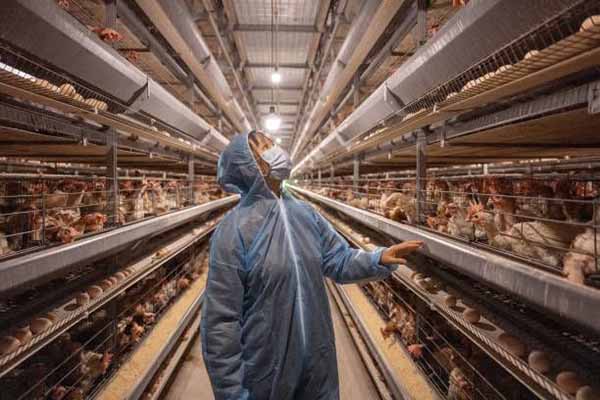 whether you’re a farmer, a consumer, or an investor, there’s a lot to look forward to in the world of Kenya poultry farming.
whether you’re a farmer, a consumer, or an investor, there’s a lot to look forward to in the world of Kenya poultry farming.






